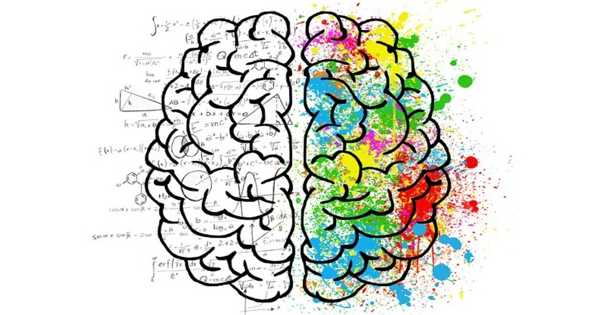Idée Fixe
An idée fixe is a preoccupation of mind believed to be firmly resistant to any attempt to modify it, a fixation. The name originates from the French idée, “idea” and fixe, “fixed.” The term (idée fixe) was used in music and literature, a recurring theme or character trait that serves as the structural foundation of a work. The term was later used in psychology to refer to an irrational obsession that so dominates an individual’s thoughts as to determine his or her actions.
It was first used by Hector Berlioz in 1830 to denote the repetition in his symphony fantastique. As a directive to a musician, Idee ixe is a theme expressed repeatedly, with or without variation, throughout a composition.
As an everyday term, idée fixe may indicate a mindset akin to prejudice or stereotyping:
However, idée fixe has also a pathological dimension, denoting serious psychological issues, as in this account of Japanese culture for a popular audience:
Although her husband did not reproach her, she became like a woman possessed, continually begging for his forgiveness. This he readily gave, but her guilt—and his imagined umbrage—had become for her an idée fixe. Unable to stomach food, she went into a decline and died soon thereafter.
— Jack Seaward, The Japanese
The pathology is what is denoted in psychology and in the law, as in this technical article about anorexia nervosa:
The idée fixe—staying thin—becomes at its furthest extreme so powerful as to render any other ideas or life projects meaningless. … “I felt all inner development was ceasing, that all becoming and growing were being choked because a single idea was filling my entire soul”
— Susan Bordo, Toward a new psychology of gender
The concept of idée fixe recurred in different guises in the work of later composers, most notably as “thematic transformations” in the symphonic poems of Franz Liszt and as leitmotifs in the operas of Richard Wagner.
In the late 19th century French psychologist Pierre Janet appropriated the label idée fixe for use in a clinical context. He applied the term to any inflexible and often irrational belief, such as a phobia, typically linked to a traumatic memory, that slips from conscious control (becomes “dissociated”) and subsequently dominates a person’s mental activity.
Information Source:
















